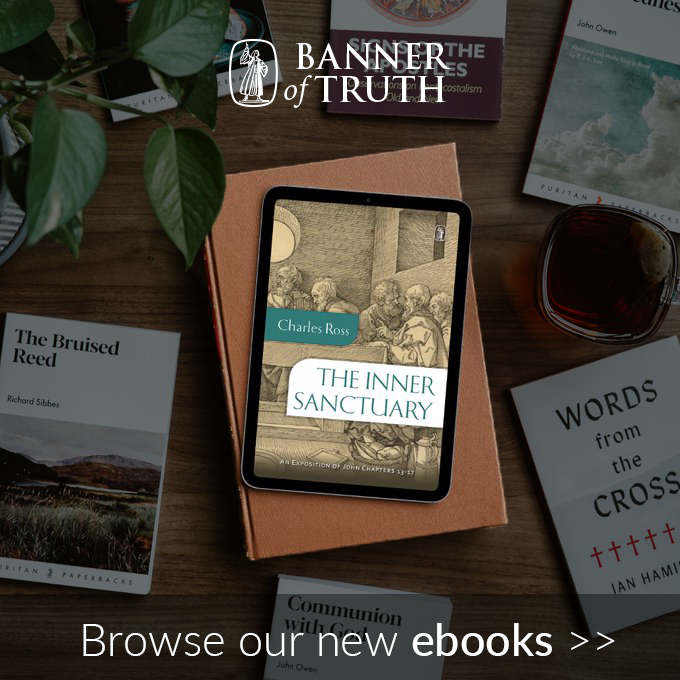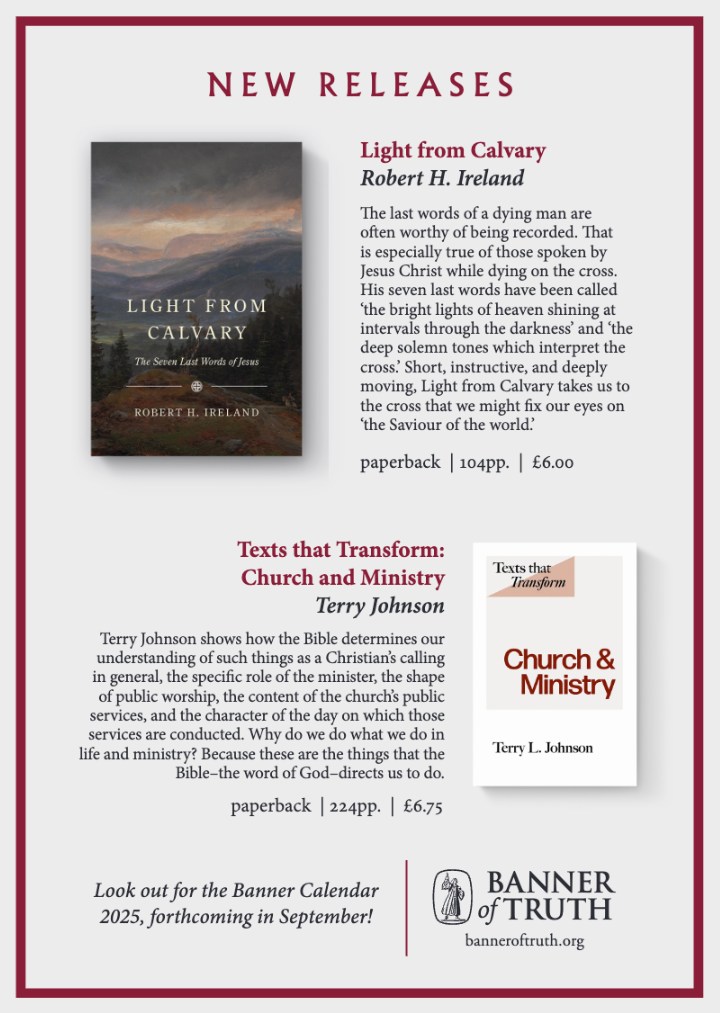This book charts the progressive departure of Primitive Methodism from biblical orthodoxy around the turn of the 20th Century. A previous volume chronicled the rise of the movement a century earlier.
The original Primitive Methodist leaders sought a return to the spirit and methods of John Wesley; today they would have been labelled as fundamentalists. By contrast, their successors elevated the ‘advances’ of the 19th Century, viewing substitutionary atonement as a ‘crude theory’, rejecting the authority and inerrancy of Scripture and aggressively promoting liberal doctrines.
This book is thoroughly researched but depressing. The evidence, which is overwhelming, is drawn from the pages of various denominational magazines and shows a steady downgrade over forty years.
Prime responsibility for the shift is laid on three individuals who, as Young notes, ‘are usually portrayed and regarded as heroes of Primitive Methodism’ (p.153). John Day Thompson was tried for heresy (and acquitted) in 1896 but later went on to be President of the Primitive Methodist Conference. Arthur Peake, a renowned Bible scholar, was a leading figure at Hartley College, the Primitive Methodists’ main training institution, for over 30 years from 1892. He schooled a generation of preachers in the new theology. Sir William Hartley (founder of Hartley’s Jams) funded the college and ensured Peake had free rein to promote his ideas. All three seem to have been charming and influential characters.
The lengthy extracts from contemporary journals reveal the antagonism of such men to the gospel and their patronising dismissal of those who clung to the truth. It is hard to avoid concluding that they protected themselves against exposure by dishonest or misleading language. These days, we are used to ‘Christian’ leaders who deny the fundamental doctrines of the faith; for believers in what had been a fervently evangelistic movement, it must have been deeply perplexing and distressing.
The puzzling question of how this decline was allowed to develop is only partially answered in the brief concluding section of the book. As the leading Primitive Methodist journals were increasingly controlled by the modernists, there is limited evidence of resistance or backlash. Young speaks of a ‘mist obscuring people’s perceptions’ (p.282). It seems that the older, rural and traditionalist congregations remained faithful but poorly taught and detached from the leadership of the Connexion until they were infiltrated and overwhelmed by Peake’s students without realising what was happening.
The book’s use of primary sources gives a real taste of the atmosphere of the period. The quotations, however, become repetitive and prove their point many times over. The sad story recorded here stands as a stark warning to churches today against acceptance of false teaching. But it focuses only on one church grouping; readers will have to go elsewhere for more encouraging accounts of those who were used to preserve the church of Christ during this period.
Alan Wells
Bromsgrove







